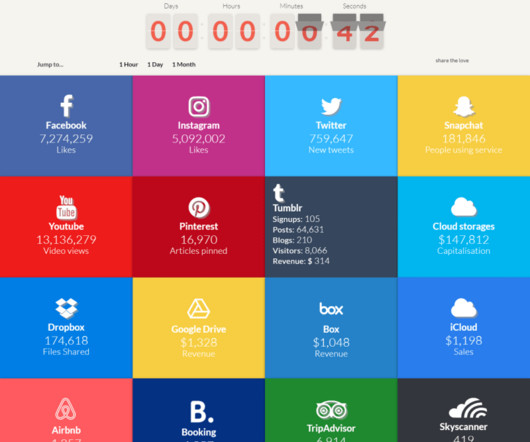Towards optimal experimentation in online systems
The Unofficial Google Data Science Blog
APRIL 23, 2024
If the relationship of $X$ to $Y$ can be approximated as quadratic (or any polynomial), the objective and constraints as linear in $Y$, then there is a way to express the optimization as a quadratically constrained quadratic program (QCQP). Crucially, it takes into account the uncertainty inherent in our experiments.













Let's personalize your content